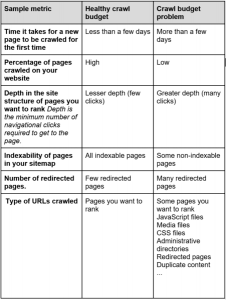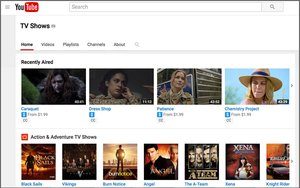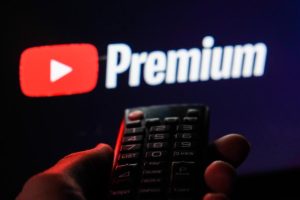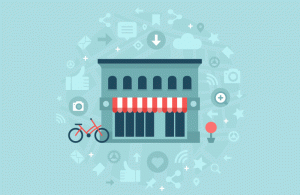by Susan Frech, Columnist, January 16, 2017
Omni-channel marketing seeks to provide the consumer a seamless shopper experience whether in-store, online, desktop or mobile. Retail marketers like Starbucks, Sephora, and Crate & Barrel have made moving towards this goal a priority, investing in processes and platforms to ensure consumers enjoy a familiar and consistent interaction whether brick, click, swipe or scan. As this continues to become the norm, consumers will expect frictionless interactions with all brands.
This sets the bar high for CPG marketers, where a seamless experience remains a challenge. Some marketers are making strides because they’ve adopted an integrated approach to consumer engagement. Others who keep their marketing teams siloed and focused on short-term reactive programs will struggle. Social Engagement, Shopper, Influencer, CRM, Loyalty and other touchpoints aren’t united around the customer, decreasing efficiencies and sending multiple, conflicting, or inappropriately timed messages.
The silos that companies insist on organizing around are meaningless to the consumer. Omnichannel? Touchpoints? Consumers don’t think that way. To them, there are no channels; there are no boundaries. Just one brand experience. And often it’s not a good one.
What could be conduits for personalized messaging are being used as broadcast channels sending one-way messages to everyone. This does not bode well for the future of CPG brands, as younger consumers prefer personalized interactions. American Express’ research found that 48% of Millennials expect brands to customize offers to suit their needs, and 39% will go out of their way to use a customized offer.
More and more, consumers expect brands to recognize who they are. Better targeting online has taught them that in-the-moment relevance is possible: research area rugs, see ads for area rugs, get promotions for area rugs. A recent study by Virtual Incentives found that 56% of consumers said that receiving a personalized incentive would improve their consideration of the brand. Sixty-three percent wanted to be rewarded for their purchase loyalty. The vast majority also indicated that use of personalization made a brand seem smart, unique and caring.
The good news for CPG brands is that consumers are more open than ever to share their details, attitudes, interests and behavior to get at a meaningful brand experience. A study from Magnetic/MyBuys reports a majority of consumers willing to be tracked by companies if it means a more personalized experience through messages and offers that are for the right thing at the right time.
So if digital media can do it, then brand engagement efforts should do it as well.
A Place to Call “Home”
One way CPG brands can begin moving towards an omnichannel experience is to provide consumers with a brand-owned home base. Through this community of actual brand users, marketers can recognize who their most loyal customers are and begin personalizing engagement as the consumer moves from discovery to post-purchase usage to relevant advocacy. This improved consumer/brand interaction drives meaningful, two-way communication, leading to increased loyalty and sales.
Rally Around One Customer, One Journey
Rather than separating marketing teams by touch point with programmatic goals, a brand-owned home base unites marketers around the consumer and their journey. The shared goal becomes delivering a consistent experience, with the right messages delivered at the right time, one consumer at a time, over the long term. This requires abandoning the short-term, quick-hit thinking that lacks a plan for building a lasting relationship beyond the promotion.
Continually Improve the Brand Experience through Real-Time Insights
The community also becomes the brand’s consumer insights engine, offering real-time access to the attitudes, behaviors, opinions and ideas of their actual purchasers — not a panel of likely users arranged via a third-party vendor. These insights enable continual improvement of the brand experience — from product development, line extension, messaging, packaging, promotions, channel mix and more.
The days of consumers tolerating fractured, one-way interactions with CPG brands are numbered. Marketers should consider a platform that enables a fluid brand experience whether the customer is online, on their phone, on social, through email or in store.
MediaPost.com: Search Marketing Daily
(38)
Report Post






